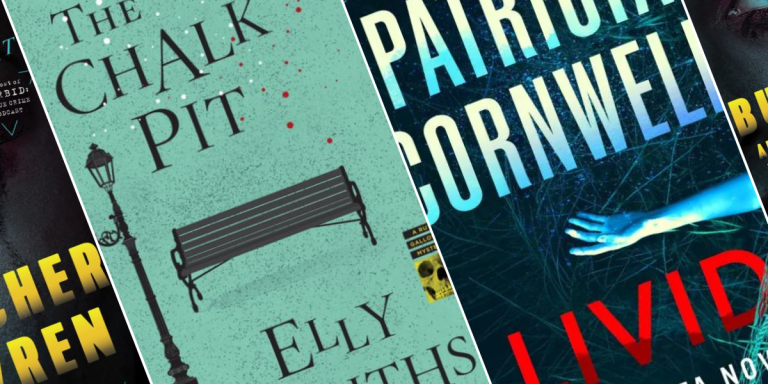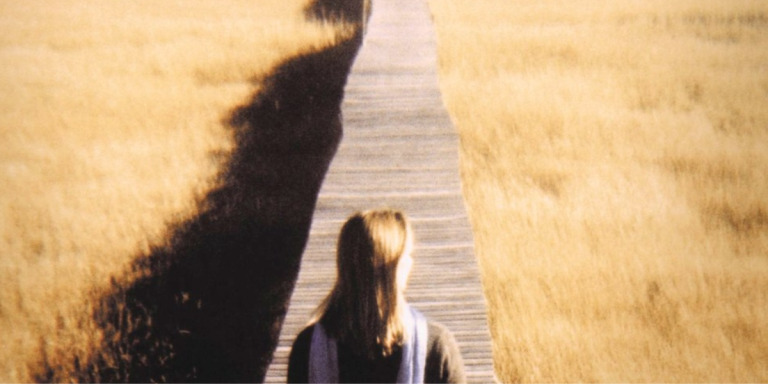Agatha Christie Screen Spotlight: Peter Ustinov in ‘Death on the Nile’

It’s rare to be able to refer to an Agatha Christie adaptation as “lavish” or “sprawling,” since so many take place in single homes or villages among a handful of characters. Director John Guillermin’s 1978 movie version of Christie’s 1937 novel Death on the Nile gives the story a grand scope, though, even if much of it is still takes place in a single location among a handful of characters. One of the most famous Hercule Poirot stories, Death on the Nile lends itself to the blockbuster treatment, as Kenneth Branagh would also demonstrate 40-plus years later.
Like Branagh’s film, Guillermin’s is a star-studded affair, and it benefits from a stronger cast, a more effective sense of place, and an actor who embodies Poirot more unobtrusively (and often more effectively) than Branagh, Peter Ustinov. This is the first of six movies starring Ustinov as Poirot, although they don’t really constitute a series, since they were produced by various companies, for both theatrical release and TV premieres, and they take place in different time periods.
Death on the Nile represents the height of the Ustinov Poirot movies, in a big-budget production that won an Oscar for its costume design. That substantial effort is apparent onscreen, from the location shooting that begins on one of Christie’s standard English country estates before shifting to Egypt, to the famous faces in the cast, to those extravagant costumes. Even the 140-minute running time is luxurious, although Guillermin’s film lags far less often than Branagh’s.
That’s a good thing, since the actual death on the Nile doesn’t occur until around the halfway point of the story, when English heiress Linnet Doyle (Lois Chiles) is found murdered in her cabin aboard a steamship traveling along the Nile river. The ship is full of potential suspects, all with coincidental (or not-so-coincidental) connections to Linnet. “Everybody could’ve done it, and everybody had a reason for doing it,” says Poirot’s friend and partner in sleuthing, Colonel Race (David Niven). “It’s incredible.”
Guillermin and screenwriter Anthony Shaffer streamline Christie’s story a bit, getting rid of several characters, but that still leaves them with a large ensemble. They find the right balance for depicting that ensemble, so that even Poirot is just one character among many, although he of course takes over for his signature long-winded explanation of the crime at the end. The movie begins by looking at the friendship between Linnet and the less well-off Jacqueline de Bellefort (Mia Farrow), who practically begs Linnet for a job for her working-class fiancé Simon Doyle (Simon MacCorkindale).
Guillermin expertly fades from a freeze frame of the happy Simon and Jacqueline on Linnet’s estate to a newspaper photo of Simon and Linnet at their wedding, economically setting up the animosity between the former friends. Jacqueline hounds Simon and Linnet across the world on their honeymoon, but she’s far from the only person who believes they’ve been wronged by the wealthy socialite.
The actors who were cast for their name recognition could easily have coasted through their performances as the various suspects, but legends like Niven, Bette Davis, Angela Lansbury and George Kennedy all put their full effort into their roles, no matter how small. As aging socialite Marie Van Schuyler, Davis has great chemistry with Maggie Smith as Marie’s nurse and “companion” Miss Bowers, winking at the lesbian-coded relationship without making it explicit (as it is in Branagh’s version).
Farrow brings a manic, magnetic energy to Jacqueline, who’s consumed with toxic jealousy, and Niven provides a perfect foil and sounding board for the pompous but inquisitive and even empathetic Poirot. Lansbury, who was a couple of years away from playing another iconic Christie detective in The Mirror Crack’d, steals the movie as the perpetually soused and desperately horny romance novelist Salome Otterbourne. She calls Poirot “Hercules Porridge,” smuggles booze into her quarters, and butts into everyone else’s business — much like a different kind of novelist Lansbury would later play on Murder, She Wrote.
All of these characters keep the movie entertaining despite its occasionally languid pacing, all the way through the nearly 20-minute climactic exposition from Poirot. It helps that Guillermin presents each of Poirot’s theories onscreen throughout the movie, so that viewers see the characters enacting their theoretical crimes, before the true culprit is revealed at the end. It’s another way that this expansive production makes a Christie murder mystery feel like a large-scale globe-trotting adventure.
By clicking 'Sign Up,' I acknowledge that I have read and agree to Hachette Book Group’s Privacy Policy and Terms of Use
What to Read Next
Josh Bell is a freelance writer and movie/TV critic based in Las Vegas. He’s the former film editor of Las Vegas Weekly and the former TV comedies guide for About.com. He has written about movies, TV, and pop culture for Vulture, IndieWire, CBR, Inverse, Crooked Marquee, and more. With comedian Jason Harris, he co-hosts the podcast Awesome Movie Year.


